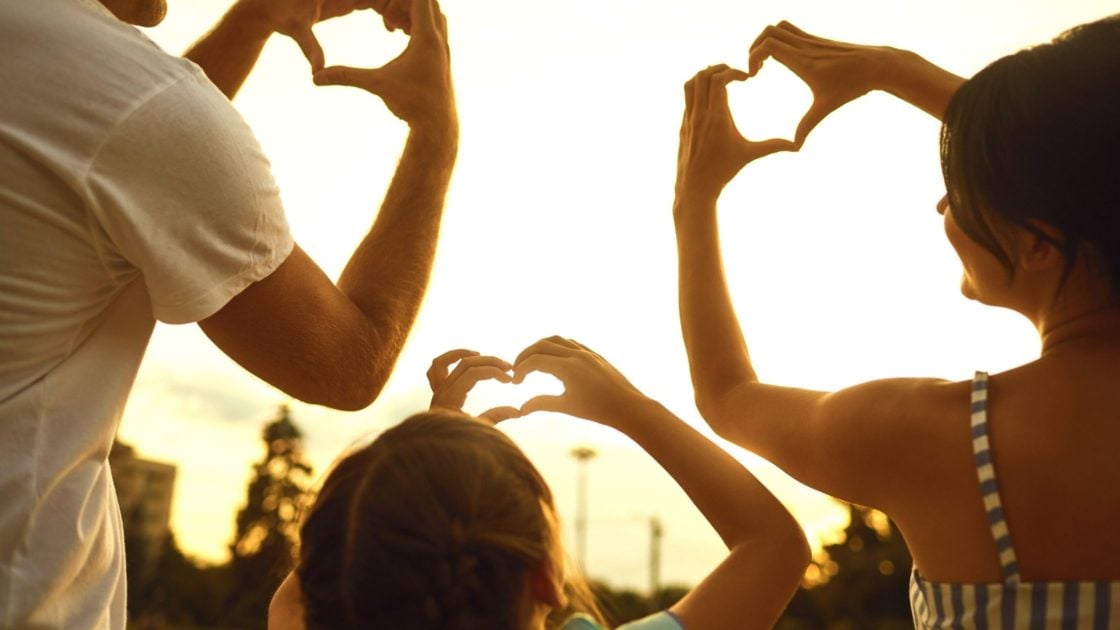We aren’t camping people. That’s the apologetic explanation my husband often gives when a conversation turns to the topic of outdoor recreation. And it’s somewhat true; no one would confuse us with a family of dedicated, experienced hikers who belong on the cover of Outside magazine. But we would sometimes like to be those people. That’s why we have dabbled in camping, hiking, and fishing over the past several years, as our three children have grown from toddlers into tweens and teens.
Turns out, we are the type of people that the Minnesota Department of Natural Resources hopes to attract through its “I Can” programs. Offered in state parks and recreation areas throughout the state, the workshops teach parents and children basic skills in camping, paddling, climbing, fishing, and archery. Hands-on instruction and equipment are provided for the classes, and many of the programs are free.
“They’re been highly successful in reaching young families and getting new people outdoors,” says DNR spokesperson Pat Arndt.
The program began four years ago with “I Can Camp.” Fishing and archery classes were added next, and the paddling and climbing classes debuted last summer. The programs grew out of research conducted by the DNR that showed fewer young families were accessing the state’s parks and trails. This was around the time that author Richard Louv published his influential book Last Child in the Woods, about the growing disconnection between kids and nature.
“We decided instead of trying to fix the problem, we’d try to understand the problem first,” Arndt says.
Barriers
The DNR formed focus groups to learn why some people weren’t using the parks, and what motivated those people who were making use of the facilities. They discovered that one barrier was time; people are pulled in so many directions by kids’ activities, it was difficult to find the time to schedule and organize a family camping outing. Another barrier was equipment; parents didn’t have the necessary equipment and didn’t want to invest in it without knowing whether their family would enjoy it.
“We thought, let’s try to take these elements and put them together in a nice little package, and see if it would bridge that gap for people,” she says. “With ‘I Can Camp,’ it’s all put together for you. All you have to do is show up with your sleeping bag and your food; we take care of the planning.”
Families can sign up for “I Can Camp” for either one or two nights. They receive a packing list beforehand, and a reservation is made for them at the campground. Trained instructors spend the afternoon and evening with the family, demonstrating how to set up a tent and how to build a fire. Recreation programs are also available, like geocaching and naturalist talks, which takes care of another concern parents expressed—wondering what they would do with their children during all that unstructured time, a rarity for many harried families.
“The programs are really developed to help the parents. We know that if parents bring the children outdoors they’re going to have a great time and they’re going to come back,” Arndt says.
The “I Can” workshops are supported by funding from the Clean Water, Land and Legacy Amendment. Reservations are required for some activities. Although many programs are free, participants should be aware that they will need a vehicle permit to enter a state park or recreation area, either a daily pass or a year-round pass good for all the state parks.
Since the inception of “I Can Camp,” the DNR has continued to receive positive responses from participants, like the reluctant, spider-fearing mom who ended up loving the camping experience, and the family that went camping on their own eight times the summer after receiving personal instruction. Response has also been enthusiastic for the archery, paddling, fishing, and climbing offerings.
I was excited to learn that the “I Can” classes are searchable online by date, activity, and location. My husband and I plan to take our kids to the North Shore in August, and although we’re not camping—because, as I already mentioned, we’re not camping people—we might be inspired to dabble in some recreational activities while we’re in the area. We may just make that magazine cover after all.
Learn more about I Can Camp Programs here. Image provided by Minnesota DNR.
















